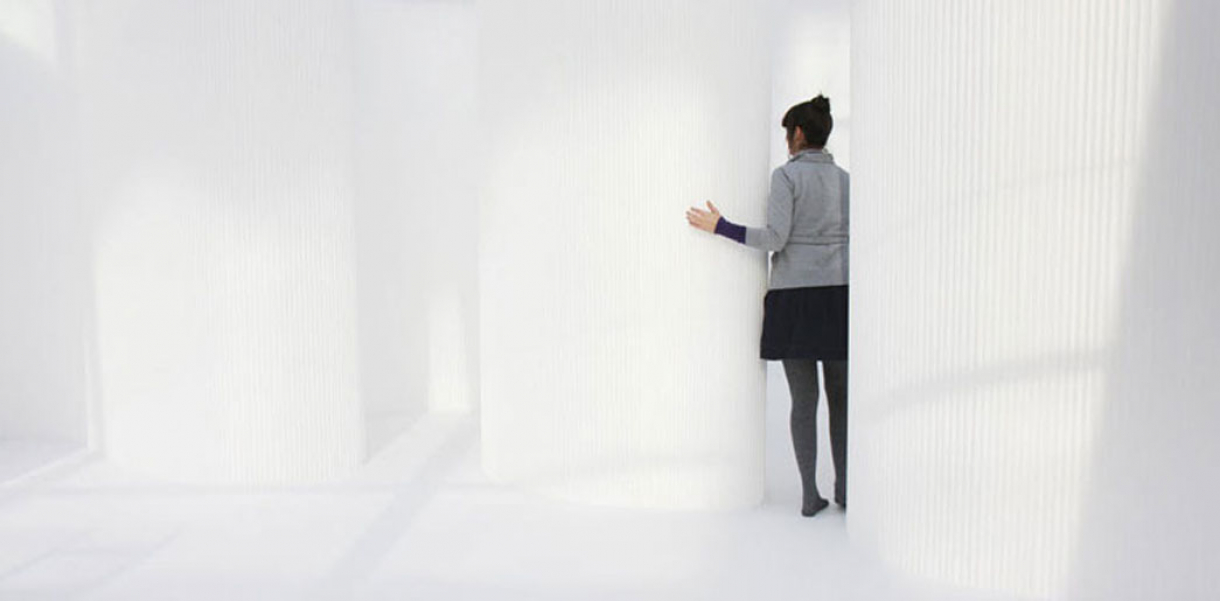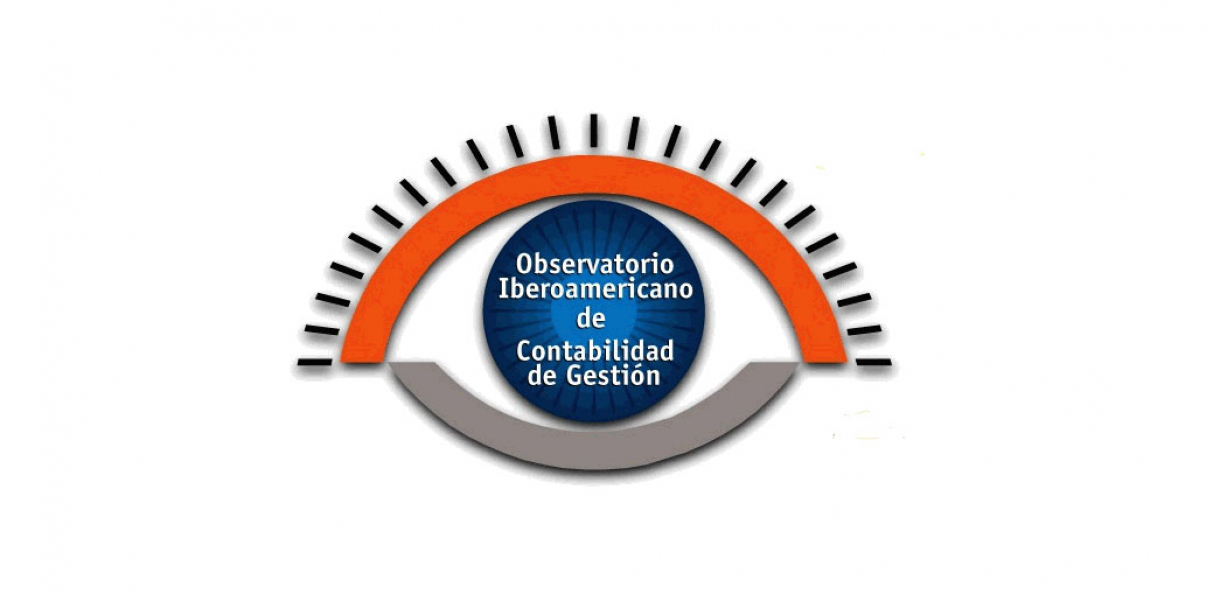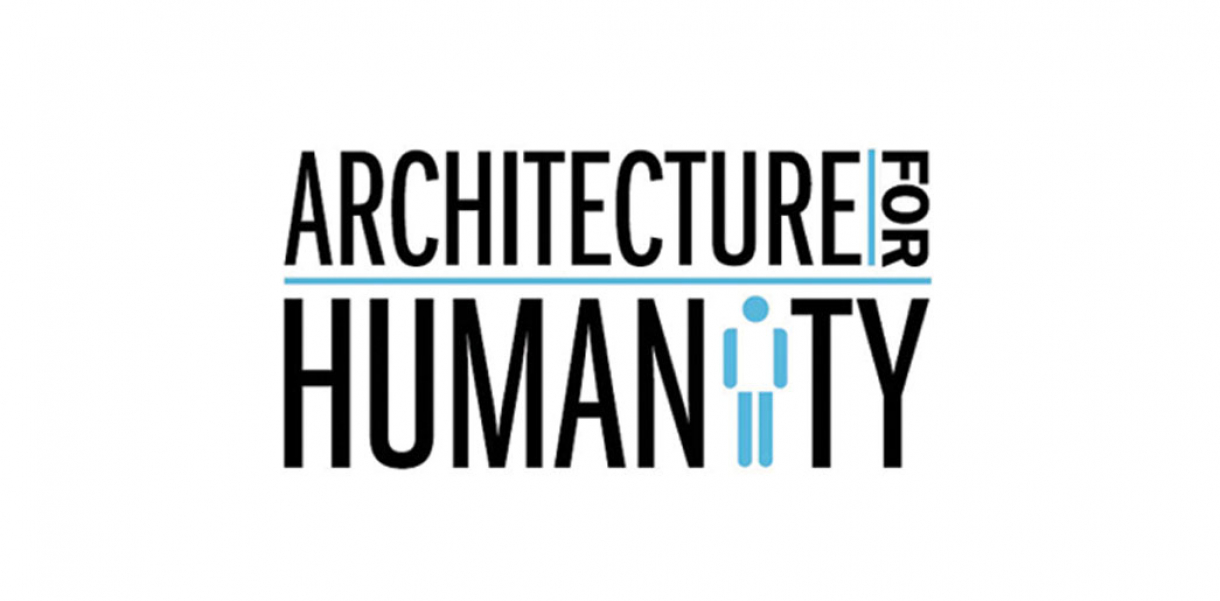The paper softwall can be arranged into almost any shape, or easily compressed into a compact sheaf and stored away. softwall dampens sound and can both absorb and transmit light. The paper softwall is made from 400 layers of honeycombed translucent white, fire-retardant paper, bounded by natural wool felt ends. The thick felt ends fold to create handles when the wall is open, and form a casing for the softwall when it is compressed. softwall is modular, as the felt ends, with velcro fasteners can also be used to link walls together. softwall is 100% recyclable.
The paper softwall dynamically partitions open plan space into more intimate and ephemeral surroundings, in a flexible and temporal way. softwall can be compressed and stored away if one wants a larger open space or it can be expanded to make smaller private spaces within the larger space.
The designers started the project looking for ways that people could maximize their living area in a small home by having an open plan which could transform, as needed, into smaller private spaces. They began by making accordion type structures with paper. Soon after they started to investigate honeycomb structures and were intrigued by honeycomb structures made from soft materials and their abilities to expand, contract and be shaped into curves. They then started to make elongated honeycomb structures using paper. They were very pleased with how the paper could become rigid and also that such a small amount of material could create a large surface area. Our problem was that the structure wouldn’t stay open; it always wanted to spring back flat. They then discovered that if they added more layers, and hence more honeycombs, the added friction allowed the honeycomb to stay open. From here, the designers added felt ends that create stiffening channels and handles and also serve to protect the paper wall when it is folded for storage. Their research with softwall continues to investigate other forms of cell shape and other types of material. They're even working on a room version for a project which investigates ways of mediating homelessness.
Designed by
Stephanie Forsythe and Todd MacAllen - Canada






